Phygital NFTs: Understanding the Intersection of Physical and Digital Worlds

- The article poses the question of whether NFTs can bridge the gap between physical and digital assets and explains how they work.
- NFTs provide sole ownership of digital assets through tokens on a blockchain network, and the value of NFTs can fluctuate based on supply and demand trends.
Non-Fungible-Tokens (NFTs) have gained significant traction in the crypto and decentralized ecosystem as they represent unique goods that can be purchased using cryptocurrency. While NFTs are commonly used for representing ownership of digital assets, they have also been utilized for physical assets, which has raised concerns among experts regarding “Phygital NFTs”.
This article explores the differences between traditional NFTs and Phygital NFTs and their potential value in the NFT ecosystem.
The term “phygital NFT” refers to a type of Non-Fungible Token (NFT) that exists both in physical and digital form. These types of NFTs can be created by attaching a digital token to a physical object, such as a painting, sculpture, or collectible, thereby creating a unique digital representation of that object.
At its core, Phygital NFTs offer several advantages over traditional NFTs, as they provide a way to verify the authenticity of physical objects and establish ownership of digital copies.
Phygital NFTs have the potential to benefit several industries that deal with physical objects and digital assets, including:
- Art: Phygital NFTs can provide a way to verify the authenticity of physical artwork and establish ownership of digital copies, thereby creating new opportunities for artists, collectors, and investors to engage with art and collectibles.
- Fashion: Thanks to Phygital NFTs the authenticity of fashion items, such as luxury handbags, and shoes, can easily be proven, thus reducing the chances of encountering fraud.
- Sports: Phygital NFTs are used to create digital collectibles for sports fans, such as trading cards and memorabilia, that can be authenticated and traded on blockchain-based marketplaces.
- Real estate: Phygital NFTs can be used to establish ownership of physical real estate assets, such as buildings and land, and create new opportunities for fractional ownership and high-end investment.
Phygital NFTs offer several advantages over traditional NFTs and physical assets. Some of the key advantages of phygital NFTs include:
- Authenticity: Phygital NFTs can provide a way to verify the authenticity of physical objects, such as art and luxury items, thereby reducing the risk of counterfeiting and fraud.
- Ownership: Phygital NFTs can establish ownership of physical assets and their digital representations, providing a clear and immutable record of ownership that can be tracked on the blockchain.
- Accessibility: Phygital NFTs can democratize access to physical assets, such as artwork and collectibles, by creating digital versions that can be owned and traded by a wider audience.
- Traceability: Phygital NFTs can provide a transparent and auditable record of ownership and transaction history, making it easier to track the provenance of physical assets and their digital representations.
Also Read: A BEGINNERS GUIDE TO THE ROLE OF NFTS IN THE METAVERSE
How are Phygital #NFTs creating more immersive and engaging customer experiences?
— zblocks (@zblocks_io) February 24, 2023
Phygital NFTs have the potential to transform the way we think about physical and digital assets, and they could become an important part of the future of ownership and investment.
However, it is difficult to predict the future with certainty, and there are several factors that could impact the adoption and success of phygital NFTs.
As governments and regulatory bodies police the industry and display concerns about the use of blockchain-based assets for ownership and investment the watchdogs may impose restrictions or regulations that could impact the growth of the market. Meanwhile, other investors look to disrupt the environment and tear down centralized entities.
In conclusion, phygital NFTs hold significant promise, it is still too early to predict whether they will become the dominant form of ownership and investment in the future, or whether they will remain a niche market within the broader world of blockchain and digital assets.
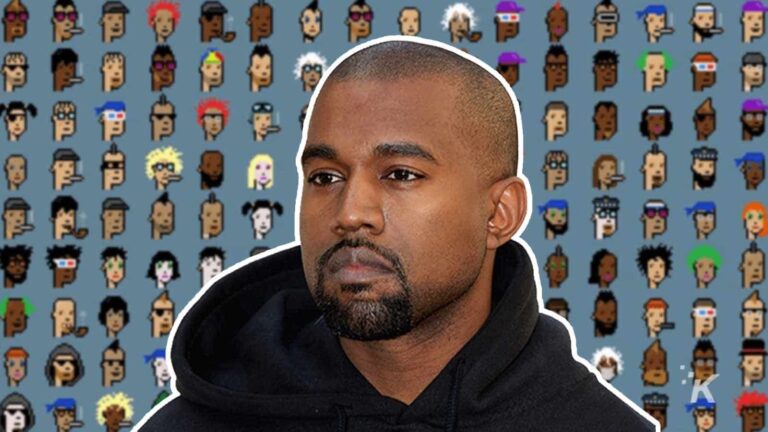
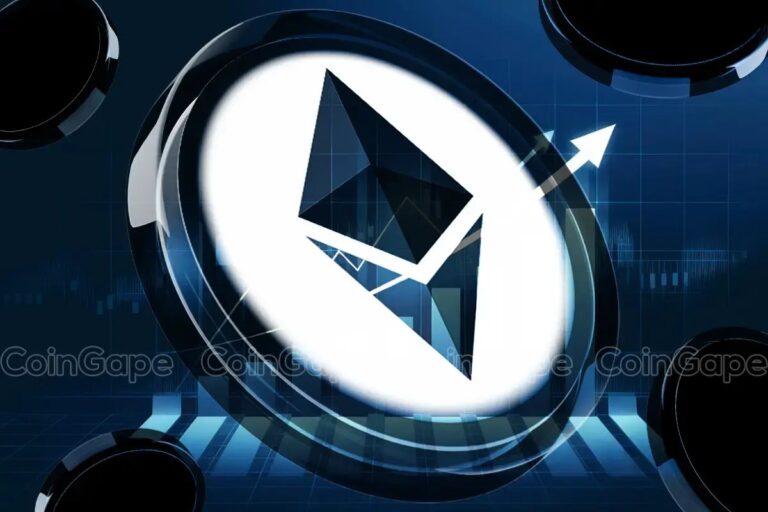
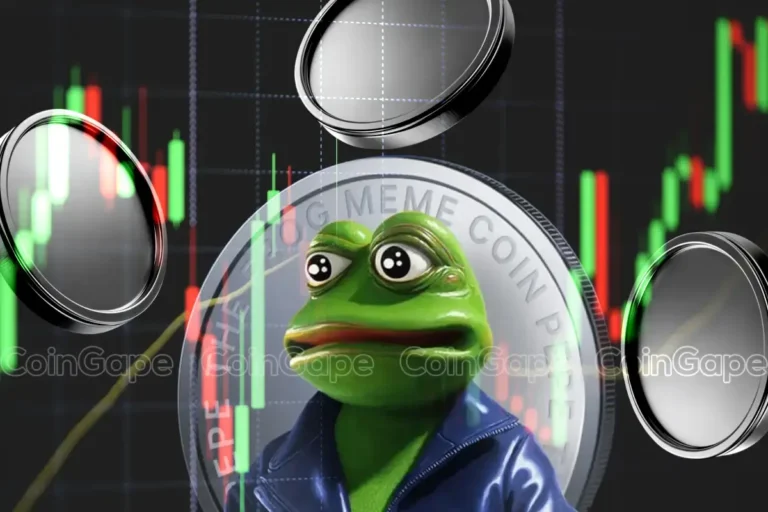

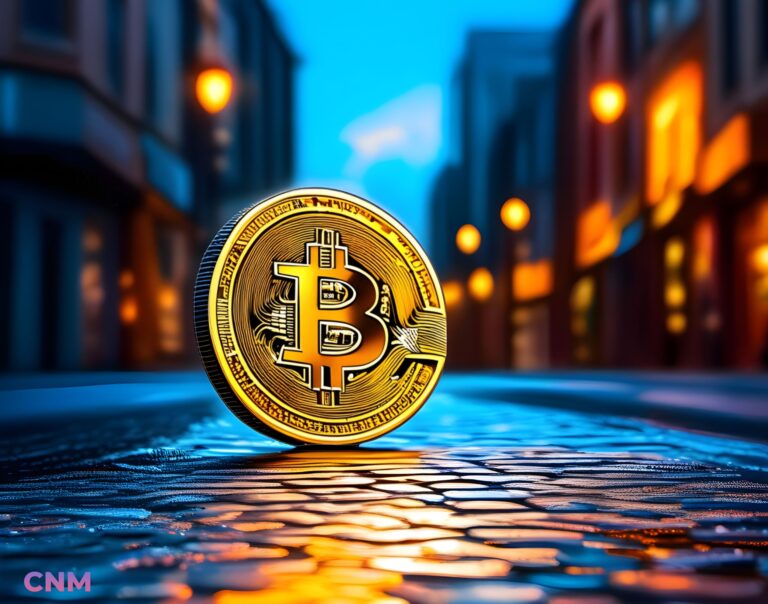




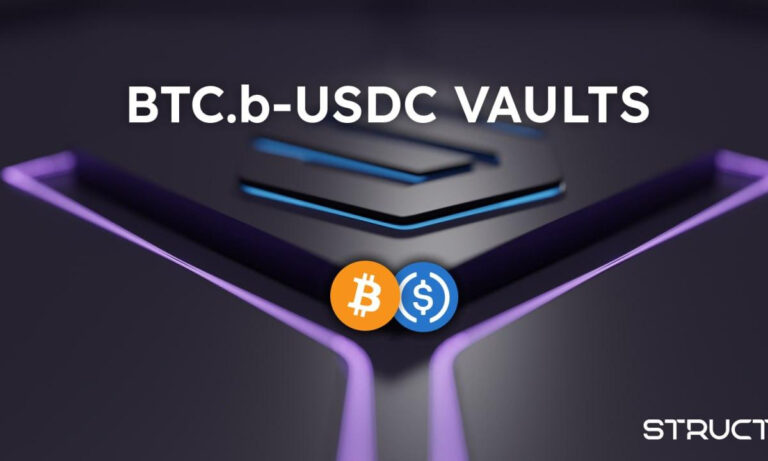

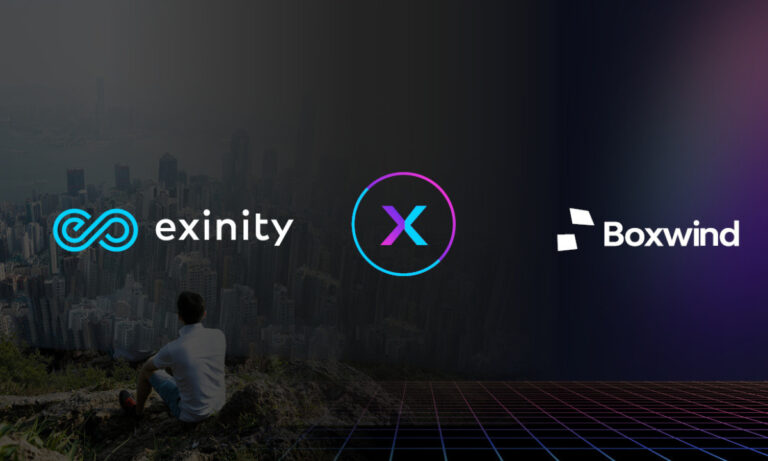



+ There are no comments
Add yours